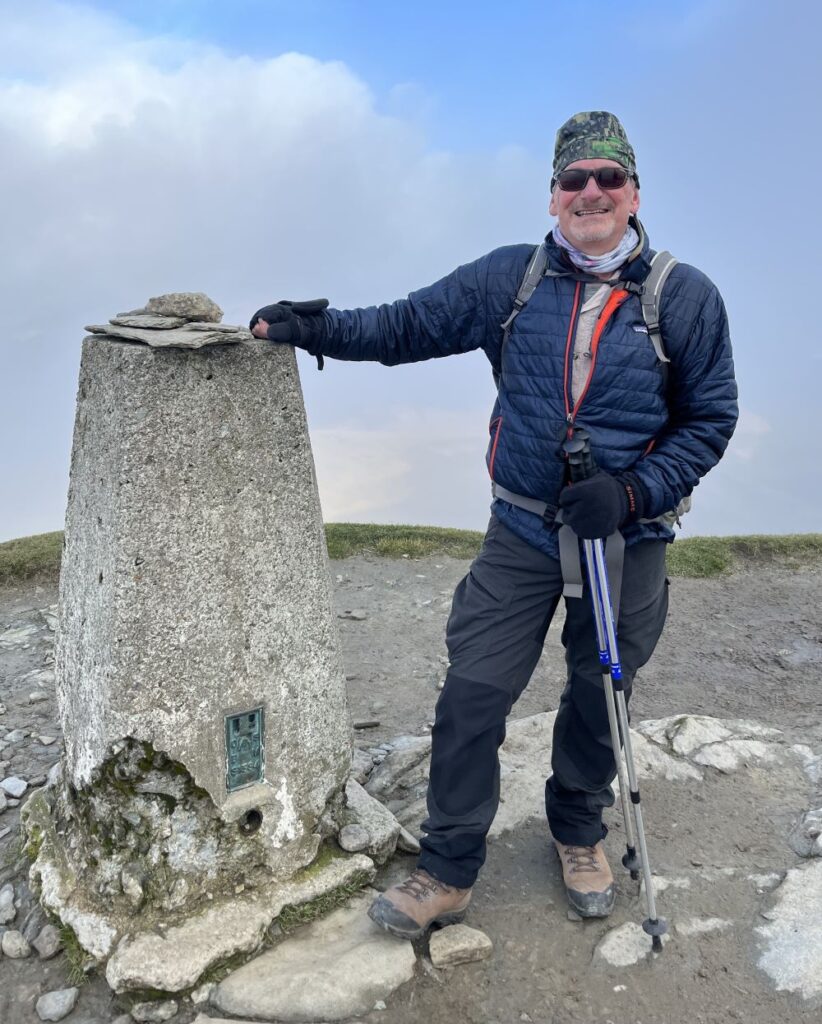by Frank Bosse
A very interesting blog post by Gavin Schmidt provides input on “constraining“ the observed TCR ( Transient Climate Response) in the time window 1979- 2022 using the latest climate models.
Gavin presents a comparison of the “Models screened by their TCR” against observations using the GISS surface temperature data:
Fig.1: Reproduction of the 1st figure in Gavin’s blog post.
What does Gavin mean by “Models screened by TCR“? He refers Tokarska et al (2020). Tokarska et al used all CMIP6 (and CMIP5) models to constrain the TCR using regression against the observed warming. This is not exactly the method Gavin used. From the chapter “Constraints on the TCR” of Tokarska (2020):
“We find that the recent warming trend (1981–2017) is strongly correlated with TCR across CMIP6 models (R = 0.82)”
This also means that the warming trend for 1979 to 2022 is more correlated with the TCR than was found in Tokarska et al (2020) because the time window is longer: 44 vs. 37 years.
The trend slopes tell the story of the implied TCR.
Tokarska et al describe “observations-constrained TCR“ as:
“The observationally constrained TCR likely range (17 to 83%), based on CMIP6 models alone, of 1.20° to 1.99°C with a median of 1.60°C”
The best estimate of TCR based on CMIP6 models (the red line in Fig.1) is 1.6K / 2*CO2, following the cited paper.
Using the preliminary GMST data from GISS for January – October 2022, I reconstruct Fig.1 from Gavin’s post to estimate the warming trend slopes 1979-2022:
Fig. 2: The added GMST for 2022 and the OLS trend slopes for Observations and the “TCR-constrained“ CMIP6 models, digitized from Fig.1 of Gavin’s blog post.
The trend slopes (“which are strongly correlated with TCR“, as Tokarska et al stated) have a difference, the observations (GISS) showing a 21% lower trend slope than the TCR constrained CMIP6-models, which have a TCR of 1.6 as the best estimate.
Considering this fact, the observations point to a TCR of 1.6/1.21= 1.3 K/doubling of CO2 as the best estimate. The 17 to 83 % likely range from the regression is 1.22 to 1.38.
These TCR values are very similar to the estimate of Lewis/Curry (2018).
The TCR of 1.3, confirmed by the latest data, gives a warming in 2100 of 1.75 vs. pre-industrial times, when considering the 4.5 W/m² forcing scenario. We would remain within the “2°C goal“ even with a forcing of 5W/m² to 2100, we would produce 1.9 K of warming.
All available serious literature excludes a catastrophic outcome of the global warming, if we remain within the 2K limit. It seems very likely that we will do so. No doom and no need for glue on streets and paintings. Somebody should inform the scared people who are doing such strange things in the name of “The Science“.
Science tells it otherwise, giving much hope that mankind will avoid the “catastrophic climate endgame”.













Leave A Comment